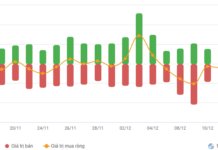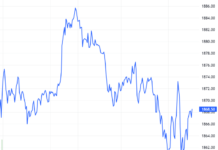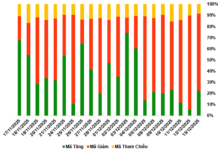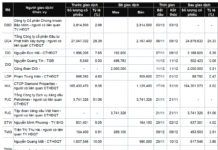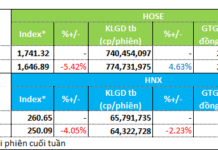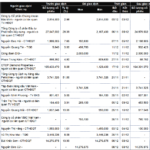The Biden administration has unveiled plans to significantly increase tariffs on a range of Chinese goods, with a total import value of over $18 billion.
The infographic below compares the current and proposed tariff rates, along with the timeline for the new plan.
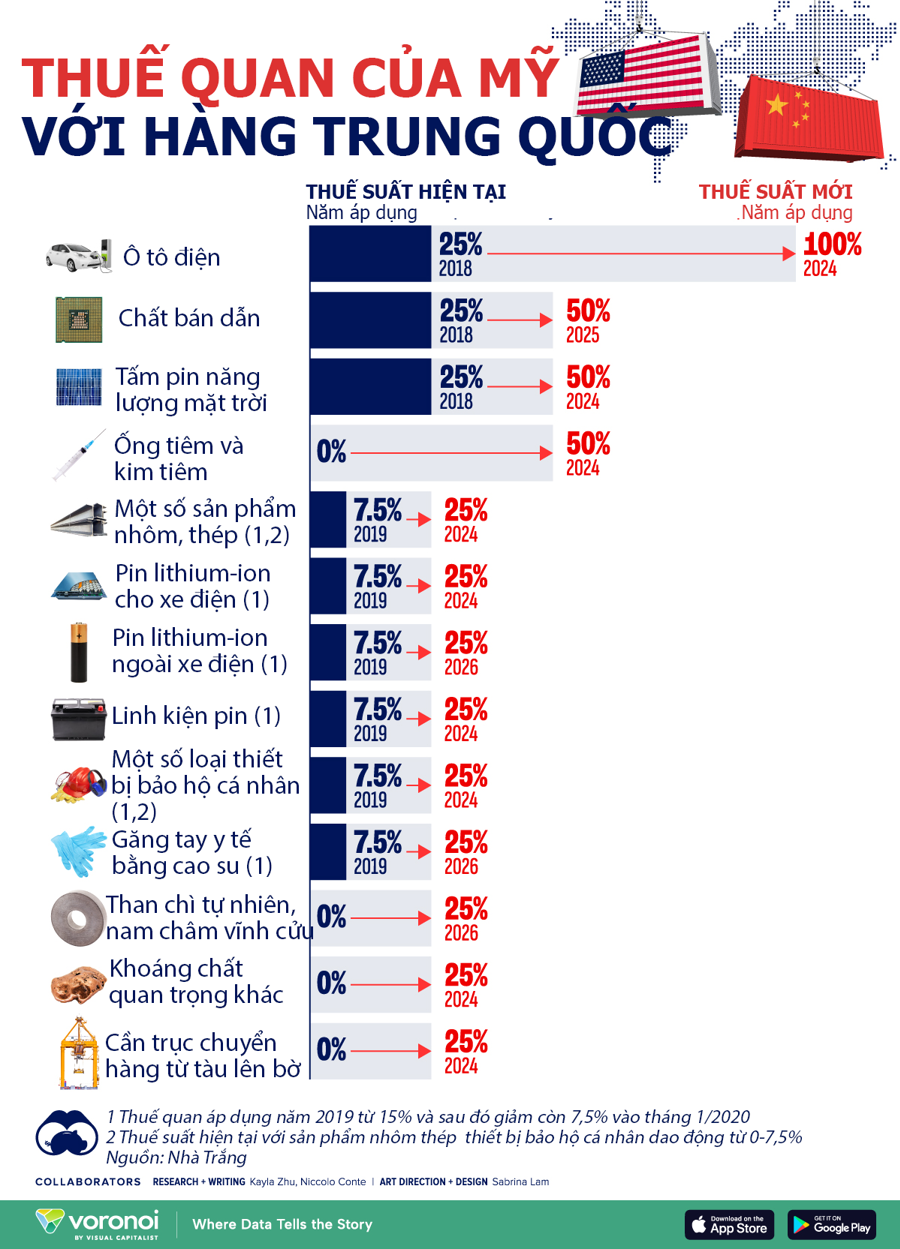
As depicted, Biden’s new tariff strategy targets crucial sectors such as electric vehicles, semiconductors, and battery components.
The US plans to quadruple tariffs on electric vehicles imported from China to 100% and impose new tariffs on certain minerals essential for semiconductor and battery production.
Medical goods, including medical gloves and some personal protective equipment (PPE) like masks, will also see increased tariffs. These items were previously exempt from Section 301 tariffs due to the COVID-19 pandemic. Syringes and needles, previously untaxed, will now be subject to a 50% tariff.
The newly announced tariffs fall under Section 301, which allows the US government to investigate and respond to unfair trade practices of other countries. The initial Section 301 tariffs on Chinese goods were imposed by the Trump administration in 2018, sparking a prolonged trade war between the world’s two largest economies. Currently, Section 301 tariffs apply to approximately $300 billion worth of Chinese imports into the US.


